Introduction
We kick off the 2025 Xiaomi review season with the Poco X7, a promising mid-range contender that brings a mix of familiar and new features.
For global markets, however, there are some key differences between the Poco and Redmi variants. Our review focuses on the global model of the Poco X7, featuring the 5,500mAh battery in the Indian version.
The Poco X7 showcases a bold design, staying true to the brand’s signature aesthetics. The model we have for review features a striking yellow and black vegan leather back. Notable upgrades include an IP68 rating (IP69 for the Indian variant), Gorilla Glass Victus 2 screen protection, a new chipset, and an improved main camera.
The device sports a 6.67-inch CrystalRes AMOLED display, identical to that of the Poco X6. It offers a 1,220p resolution, 12-bit color depth, and support for Dolby Vision and HDR10.
One of the biggest enhancements is in performance, thanks to the MediaTek Dimensity 7300 Ultra chipset. This promises improved CPU and GPU performance, complemented by 12GB of LPDDR4X RAM for smooth multitasking.
While Poco phones have never been known for flagship-level cameras, the X7 does introduce some refinements. The main camera now features a 50MP Sony IMX882 sensor with OIS, paired with an 8MP ultrawide and a 2MP macro camera. On the front, the selfie camera gets a minor bump from 16MP to 20MP.
Battery-wise, the global Poco X7 retains a 5,110mAh capacity, but curiously, its charging speed has been reduced to 45W from the previous 67W.
Xiaomi Poco X7: Key Specifications at a Glance
Body: 162.3 x 74.4 x 8.2mm, 190g; Glass front, plastic or silicone polymer (eco-leather) back; IP68 dust/water resistance
Display: 6.67″ AMOLED, 120Hz, HDR10+, Dolby Vision, 3,000 nits peak brightness, 1,220 x 2,712px resolution
Chipset: MediaTek Dimensity 7300 Ultra (4nm), Octa-core (4×2.5 GHz Cortex-A78 & 4×2.0 GHz Cortex-A55), Mali-G615 MC2 GPU
Memory: 256GB + 8GB RAM / 512GB + 12GB RAM (UFS 2.2 storage)
OS/Software: Android 14 with HyperOS 1, three major Android updates promised
Rear Camera:
Main: 50MP, f/1.5, 26mm, 1/1.96″, 0.8µm, OIS, PDAF
Ultrawide: 8MP, f/2.2, 120° FOV, 1.12µm
Macro: 2MP, f/2.4
Front Camera: 20MP, f/2.2, 25mm
Video:
Rear: 4K@24/30fps, 1080p@30/60/120fps, OIS, gyro-EIS
Front: 1080p@30/60fps
Battery: 5,110mAh, 45W wired charging (PD3.0 support)
Connectivity: 5G, Dual SIM, Wi-Fi 6, Bluetooth 5.4, NFC, Infrared
Misc: In-display fingerprint scanner, stereo speakers, virtual proximity sensor
Unboxing the Poco X7
The Poco X7 arrives in a sleek black box packed with essentials. Inside, you’ll find a 45W charger, a USB-A to USB-C cable, and a soft black case for added protection.
Design, Build Quality & Handling
The Poco X7 marks a return to the series’ signature aesthetics while introducing a modern curved design—a first for Poco. It features a Gorilla Glass Victus 2-protected display and a stylish vegan leather back. The slim frame, though made of plastic, complements the phone’s sleek look.
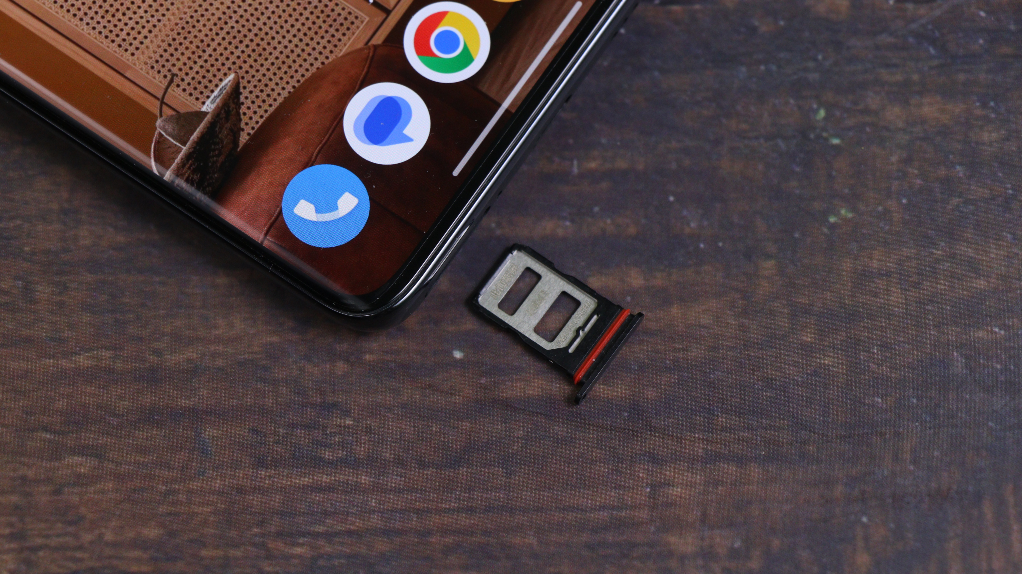
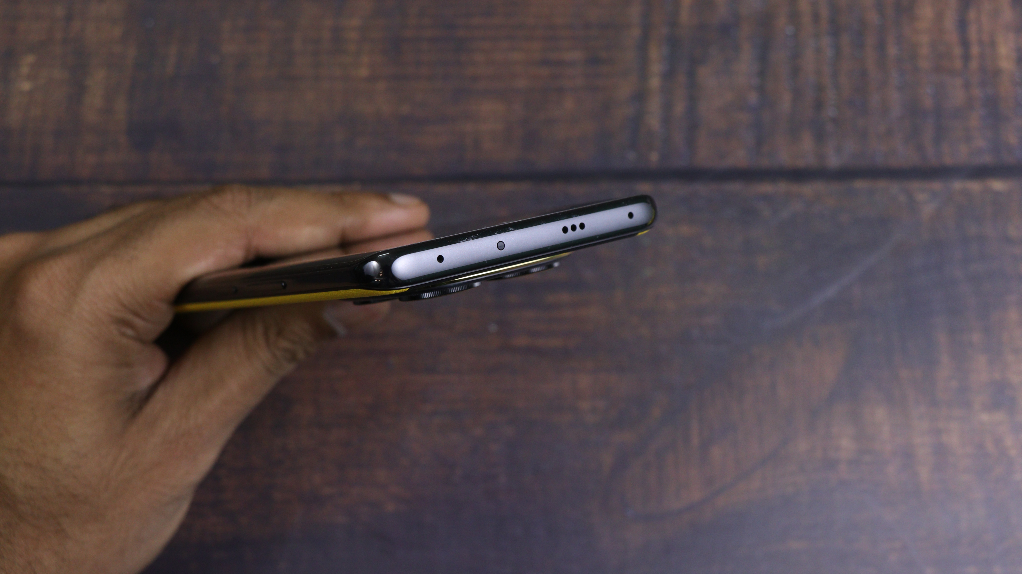
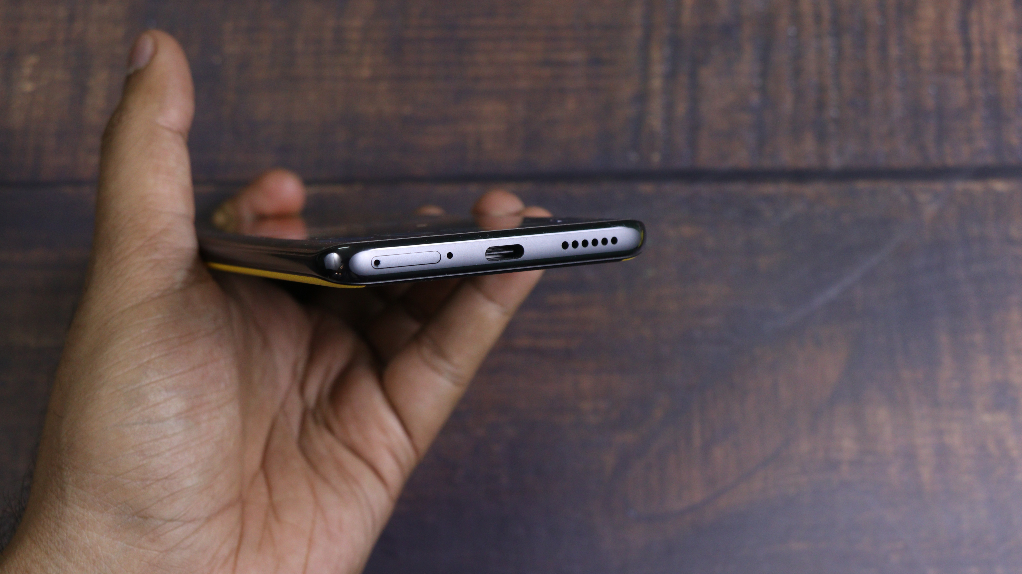
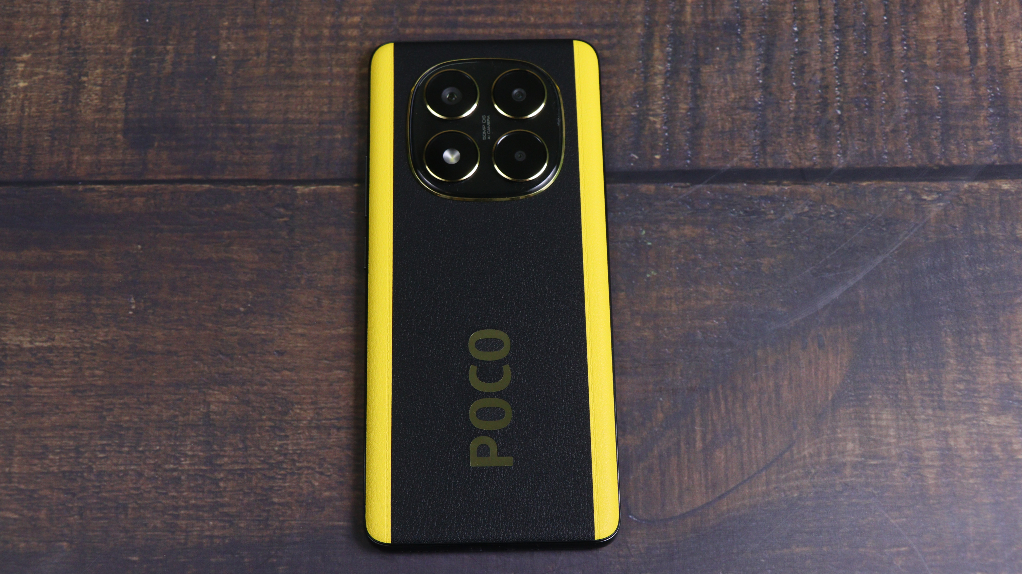
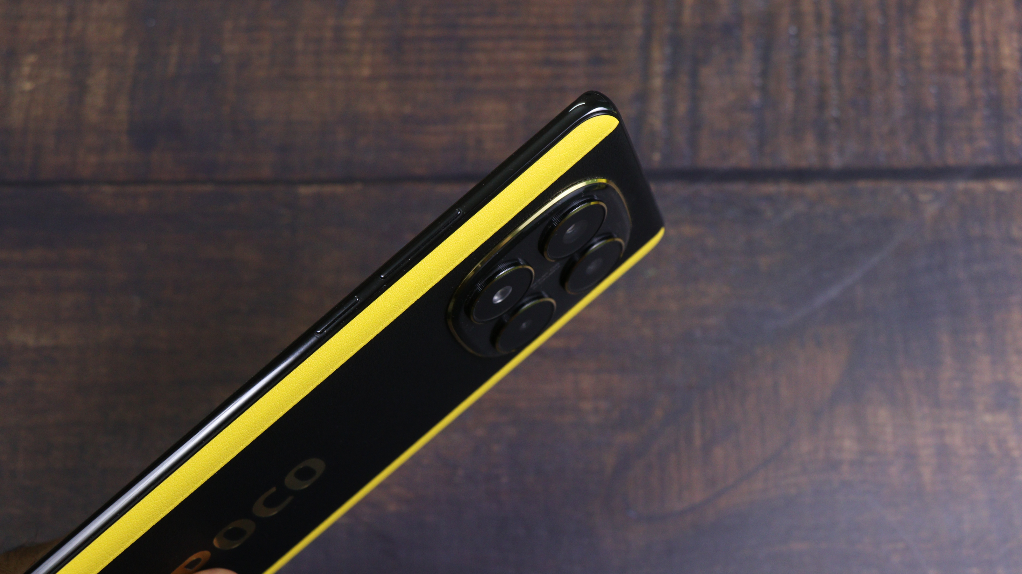
A significant upgrade is its IP68 rating for dust and water resistance, a step up from previous models that only had basic splash protection. Additionally, Poco has incorporated a cushioning internal structure, enhancing the phone’s durability against drops.
The X7 sports a two-tone vegan leather back, with the standout variant featuring black and yellow hues and a large, mirror-like Poco logo. Other versions come with gray or green plastic back panels, transitioning from polished to matte finishes for a distinctive two-tone effect.
The camera housing has been redesigned once again, now centrally placed with rounded edges, resembling some recent Huawei designs. The front of the device is dominated by a 6.67-inch AMOLED display with a 1,220p resolution, a 120Hz refresh rate, and Dolby Vision support. It’s the same display as the Poco X6 but now protected with curved glass. The front camera has been upgraded to 20MP from the X6’s 16MP while still using a Quad-Bayer sensor.
A notable addition is the under-display optical fingerprint scanner, which performs efficiently. The Poco X7 also features stereo speakers—one at the bottom near the USB port and another at the top near the IR blaster and dual mics. The top speaker doubles as an earpiece with a front-facing outlet.
The phone includes a virtual proximity sensor, which works well most of the time, though the technology isn’t flawless. The back houses a large, symmetrical camera module with three camera rings and an LED flash. Despite its size, its centered placement prevents the phone from wobbling on flat surfaces.
Overall, the Poco X7 boasts a solid yet lightweight build with an excellent grip, thanks to the eco-leather back. Its enhanced water resistance and durable design leave a positive impression.
Display
The Poco X7 retains the 6.67-inch AMOLED panel from the Poco X6, featuring a resolution of 1,220 x 2,170 pixels, 12-bit color depth, and a 120Hz refresh rate. It supports HDR10+ and Dolby Vision, with Netflix recognizing this capability.
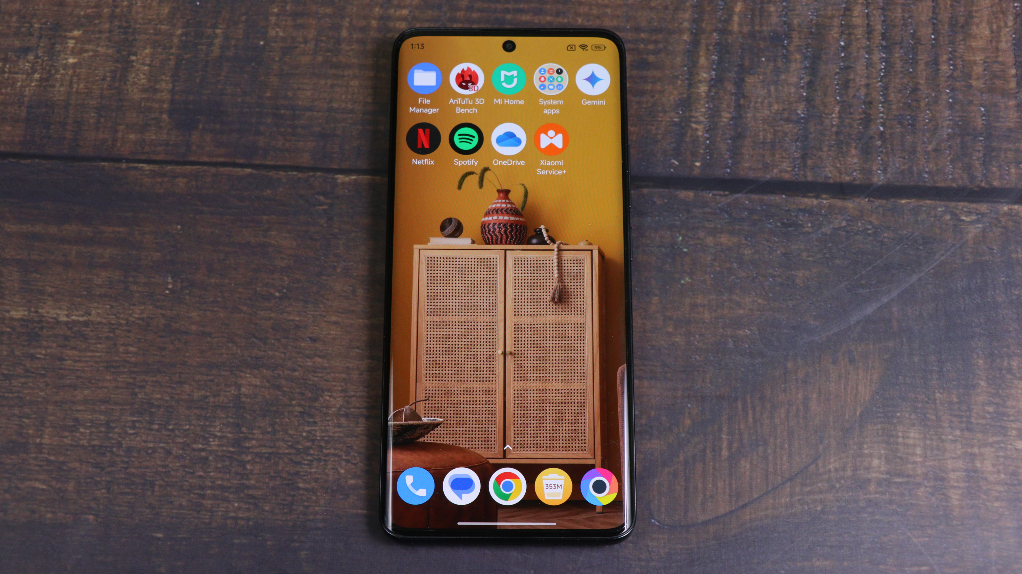
The display is now protected by Gorilla Glass Victus 2 and offers increased peak brightness. Official specs list typical brightness at 500 nits, maximum brightness at 1,200 nits, and peak brightness at 3,000 nits. Our tests confirmed these claims, measuring a manual max brightness of 560 nits and an automatic peak of 1,111 nits.
The refresh rate can dynamically switch between 120Hz, 90Hz, and 60Hz, depending on usage. It drops to 60Hz for static images and certain apps that don’t support high refresh rates.
Cameras
The Poco X7 features a triple-camera setup:
50MP primary camera (OIS, f/1.5) – Sony IMX882
8MP ultrawide camera (f/2.2) – Sony IMX355
2MP macro camera
20MP front camera – OmniVision OV20B
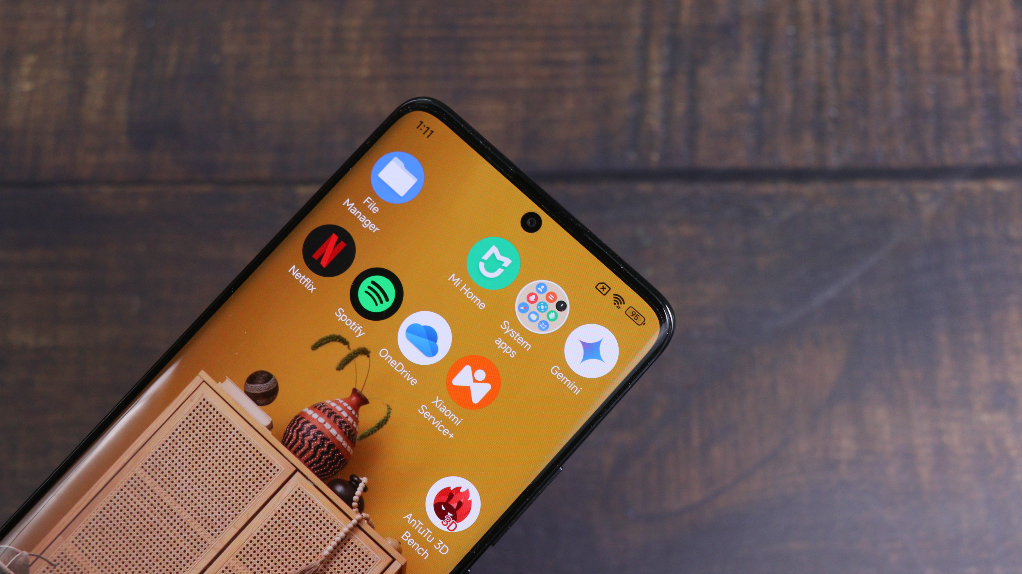
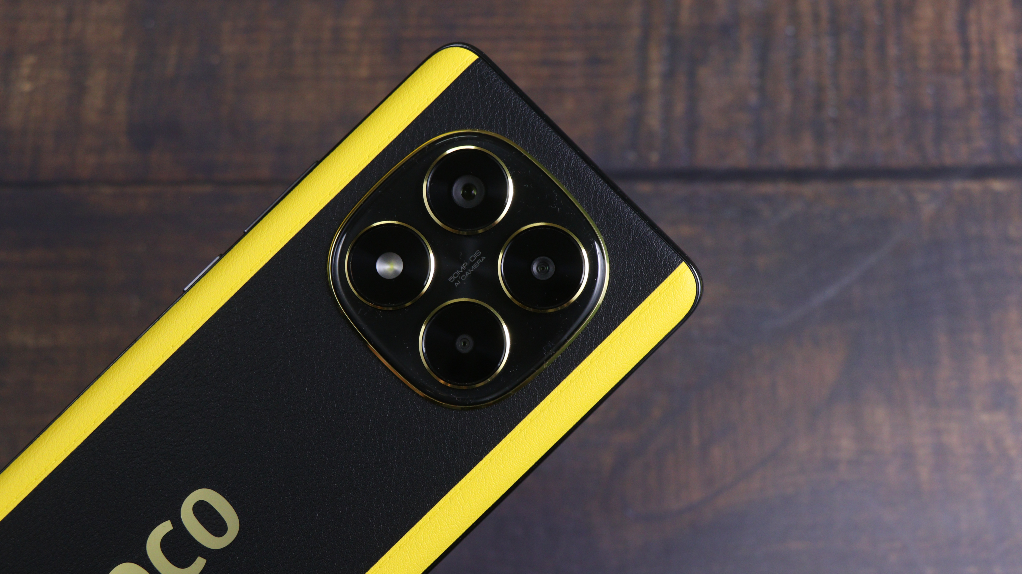
Daylight images from the main camera are good, with a wide dynamic range, minimal noise, and strong contrast. However, oversaturation and aggressive processing lead to a somewhat artificial look. The 2x zoom is digital rather than in-sensor, resulting in a noticeable drop in quality.
Night mode delivers solid results, with well-preserved detail and colors. The ultrawide camera performs decently at night, though noise reduction sometimes smears fine details.







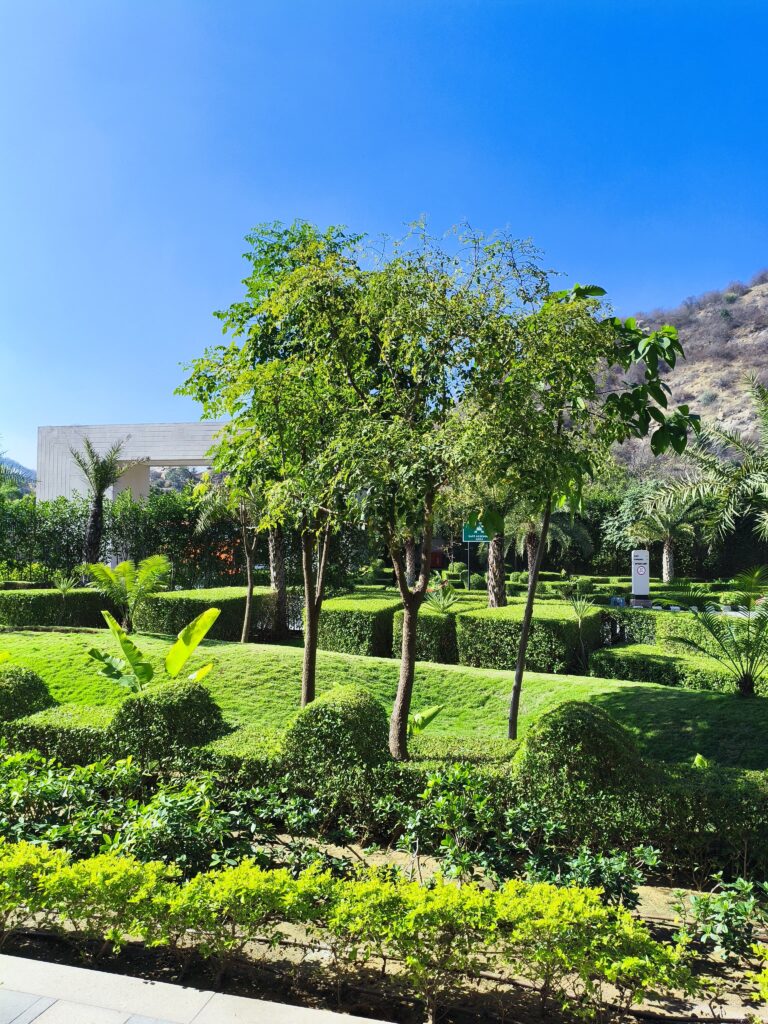





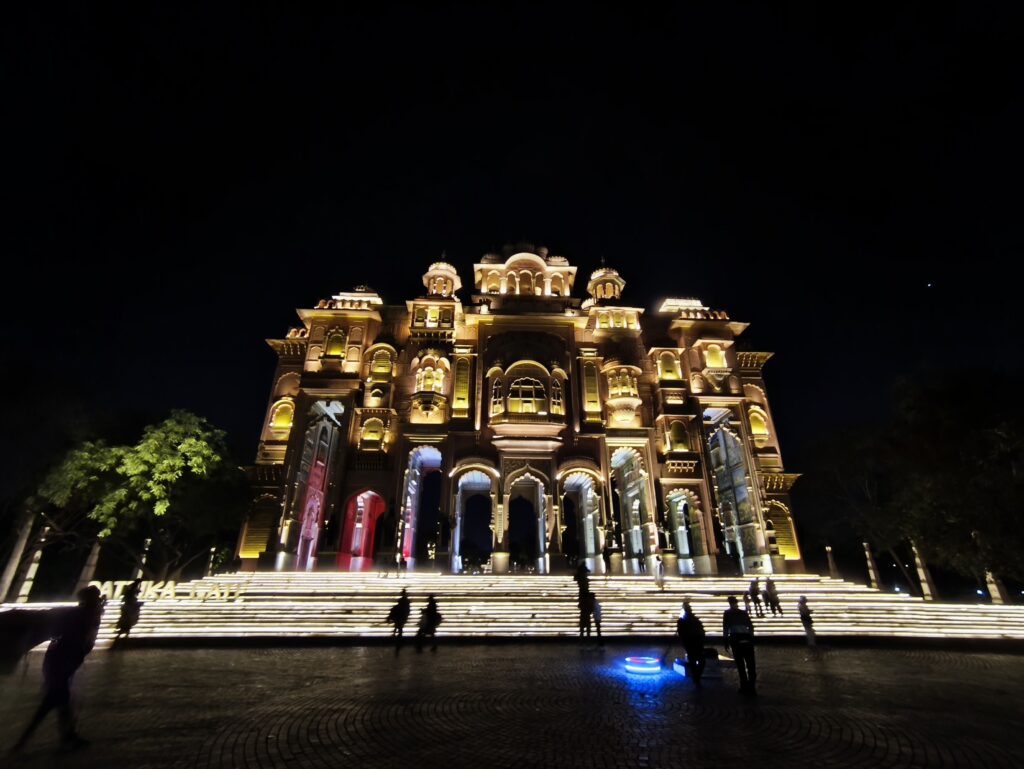
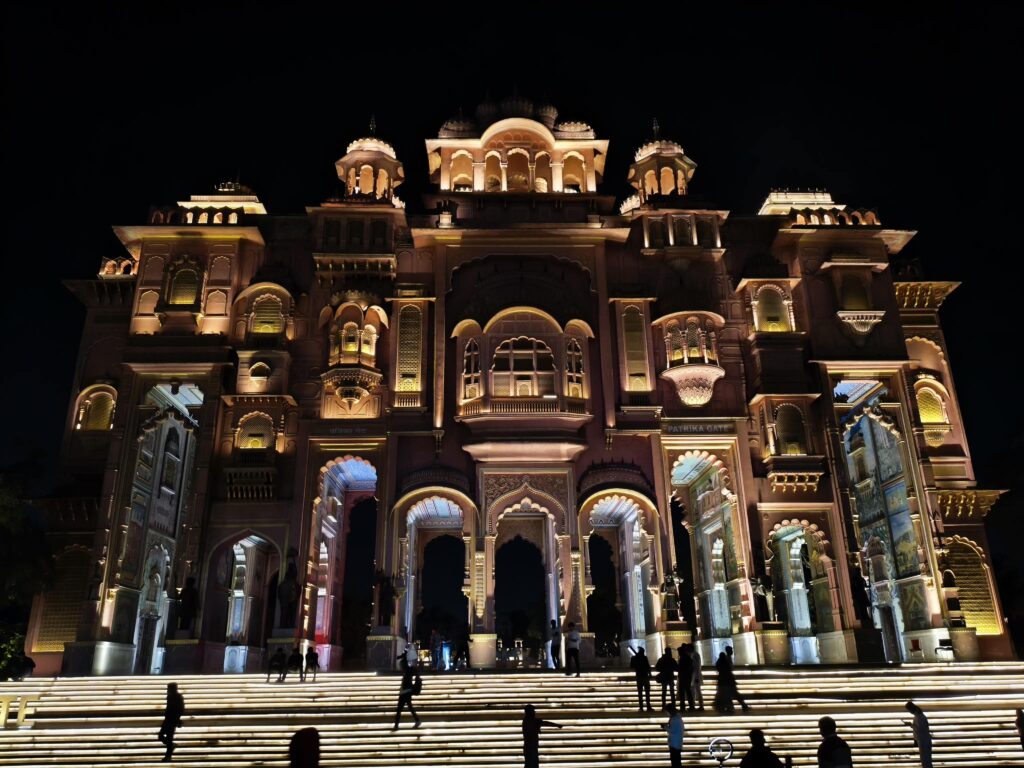





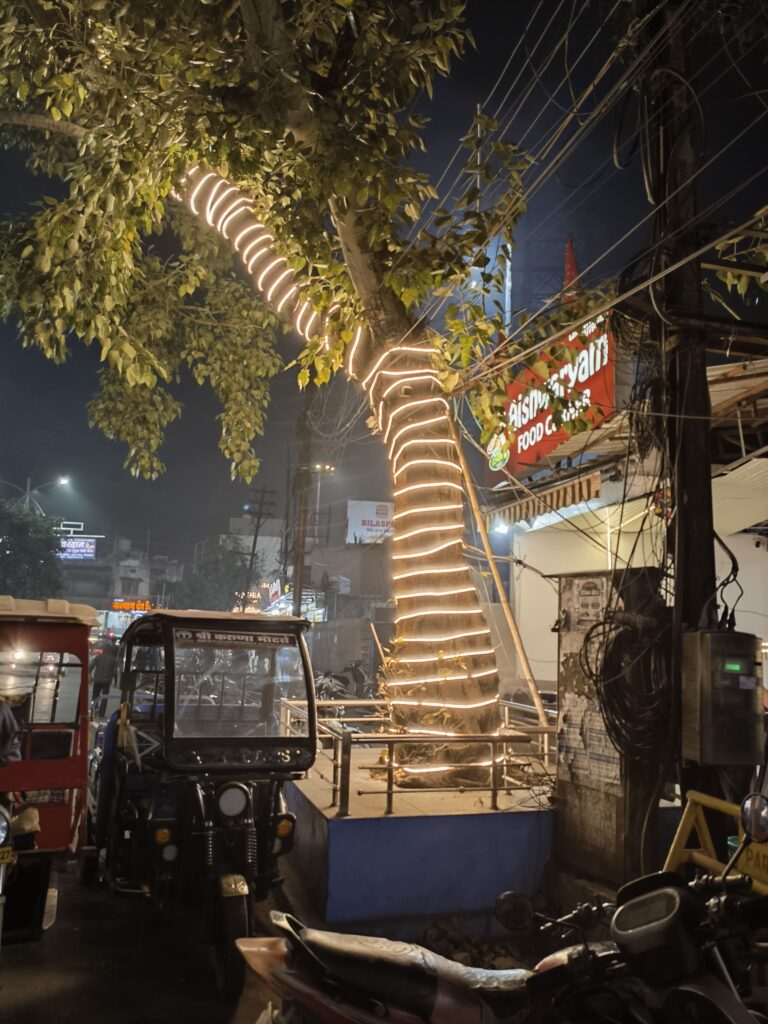
Video recording supports up to 4K@30fps on the main camera, while the ultrawide and selfie cameras max out at 1080p. Electronic stabilization is always on, but it struggles with walking movement, causing noticeable wobbling.
Speakers
The Poco X7 features stereo speakers with Dolby Atmos enabled by default. While the top speaker also functions as an earpiece, it is quieter and lacks deep bass. Overall, the sound profile is well-balanced, with clear highs, decent vocals, and noticeable bass. The setup performed identically to the Poco X6 in our loudness test, earning a “Good” rating.
Software: HyperOS 1.04
Running on HyperOS 1.04 with Android 14, the Poco X7 offers a familiar experience for those coming from MIUI. While the software remains largely unchanged from previous versions, Xiaomi claims optimizations under the hood.
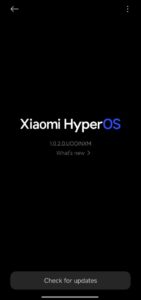
Xiaomi promises at least three major OS updates and four years of security updates for the X7 and X7 Pro. However, the X7 Pro ships with HyperOS 2 and Android 15, meaning the X7 will receive one fewer major update—a move we don’t entirely approve of.
Battery Life
The global Poco X7 is powered by a 5,500mAh battery. Our review unit, with a 5,500mAh battery, delivered an Active Use Score of 12:30 hours—an improvement over the X6 and it is exceptional. It performed well in calls, streaming, and gaming tests but offered only average endurance for web browsing and social media usage.
Charging Speed
The Poco X7 supports 45W fast charging and comes with a 45W adapter in the box. This is a downgrade from the 67W charger included with the Poco X6. However, charging times remain respectable:
35% charge in 15 minutes
62% charge in 30 minutes
Full charge in 65 minutes
Users can choose from standard charging, protective charging (limiting to 80%), or optimized charging (slowing down after 80% for overnight use).
Performance & Benchmarks
Powered by the MediaTek Dimensity 7300 Ultra (4nm), the Poco X7 features:
4x 2.5GHz Cortex-A78 cores
4x 2.0GHz Cortex-A55 cores
Mali-G615 MC2 GPU
LPDDR4X RAM & UFS 2.2 storage
Our unit had 12GB RAM and 512GB storage. Performance was solid, with notable GPU improvements over the X6. The Poco X7 scored 78% in CPU stress tests and 99% in GPU stress tests, showcasing excellent sustained performance without overheating.
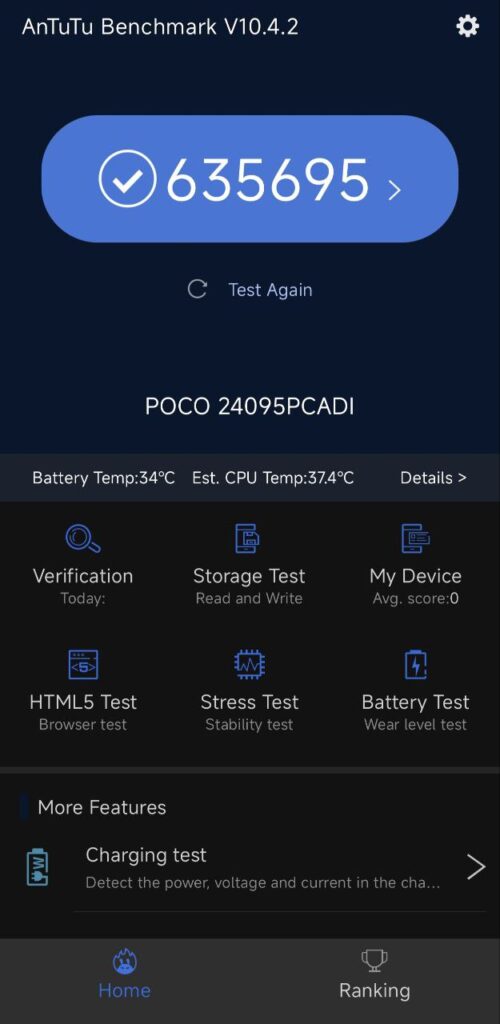
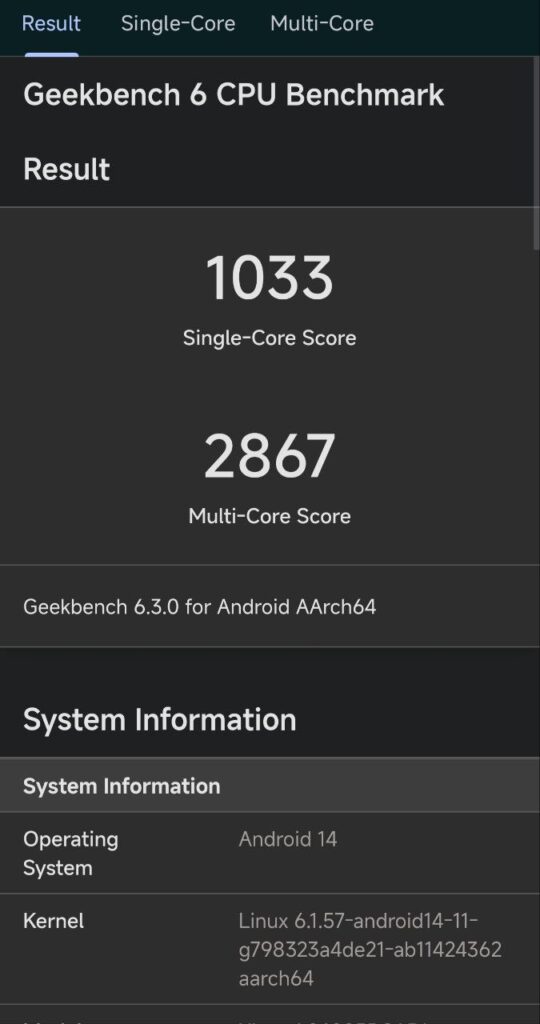
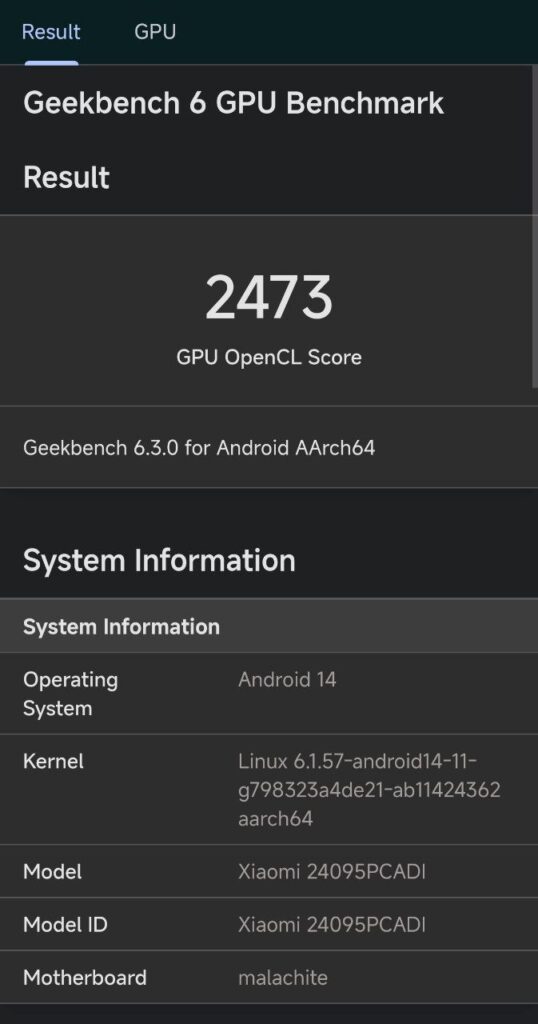
While suitable for everyday tasks and gaming, it remains a mid-range device, meaning gaming performance is decent but not top-tier. We encountered no lag or stuttering during our testing.
Gizmo Verdict
The POCO X7 is an excellent option for those who prioritize multimedia and long-lasting battery life. It boasts solid build quality and captures impressive photos in well-lit conditions. POCO stays competitive by offering three years of major OS updates—even on the standard X7—though with some caveats. However, the brand could enhance the user experience by minimizing pre-installed apps.